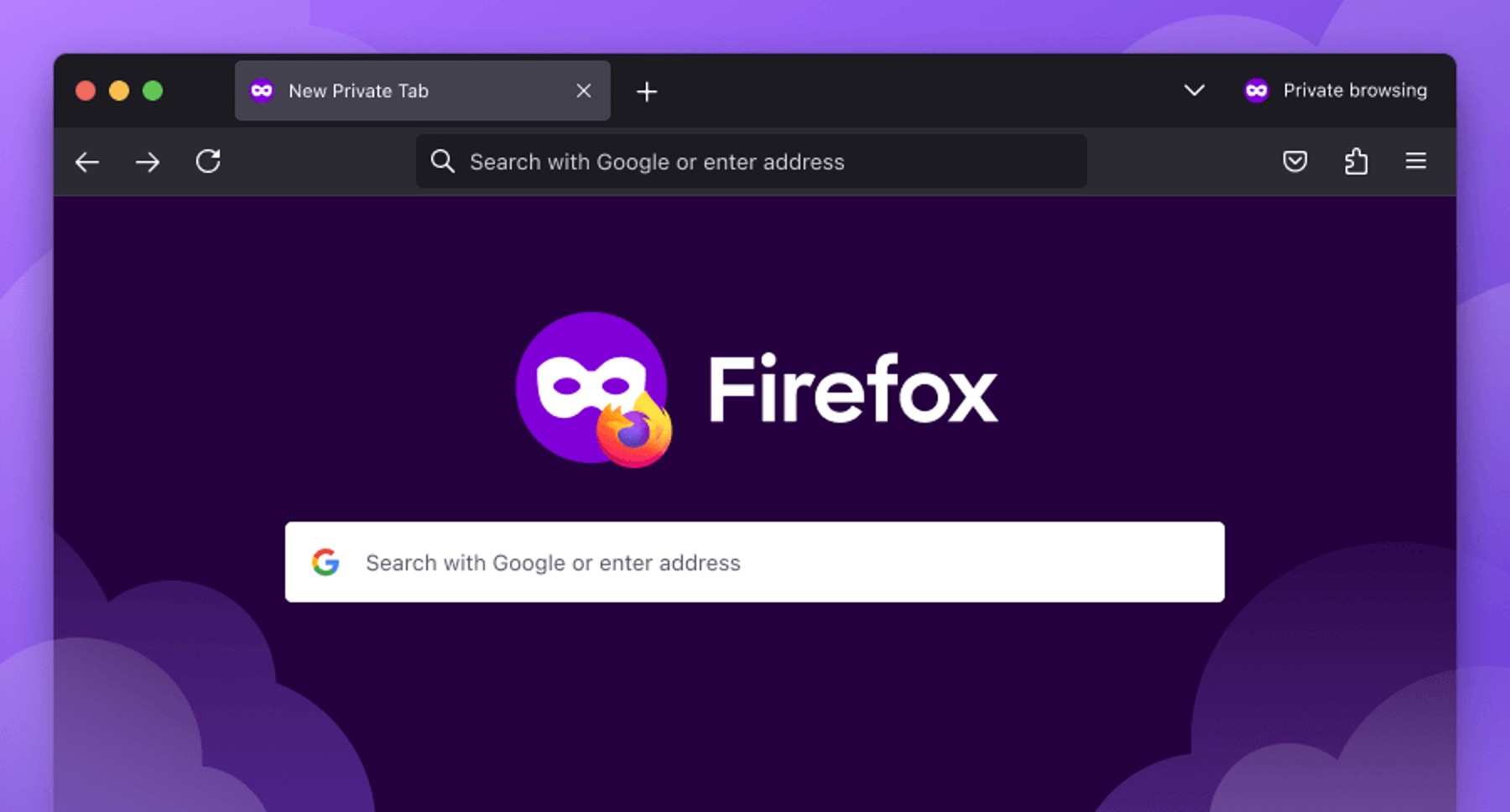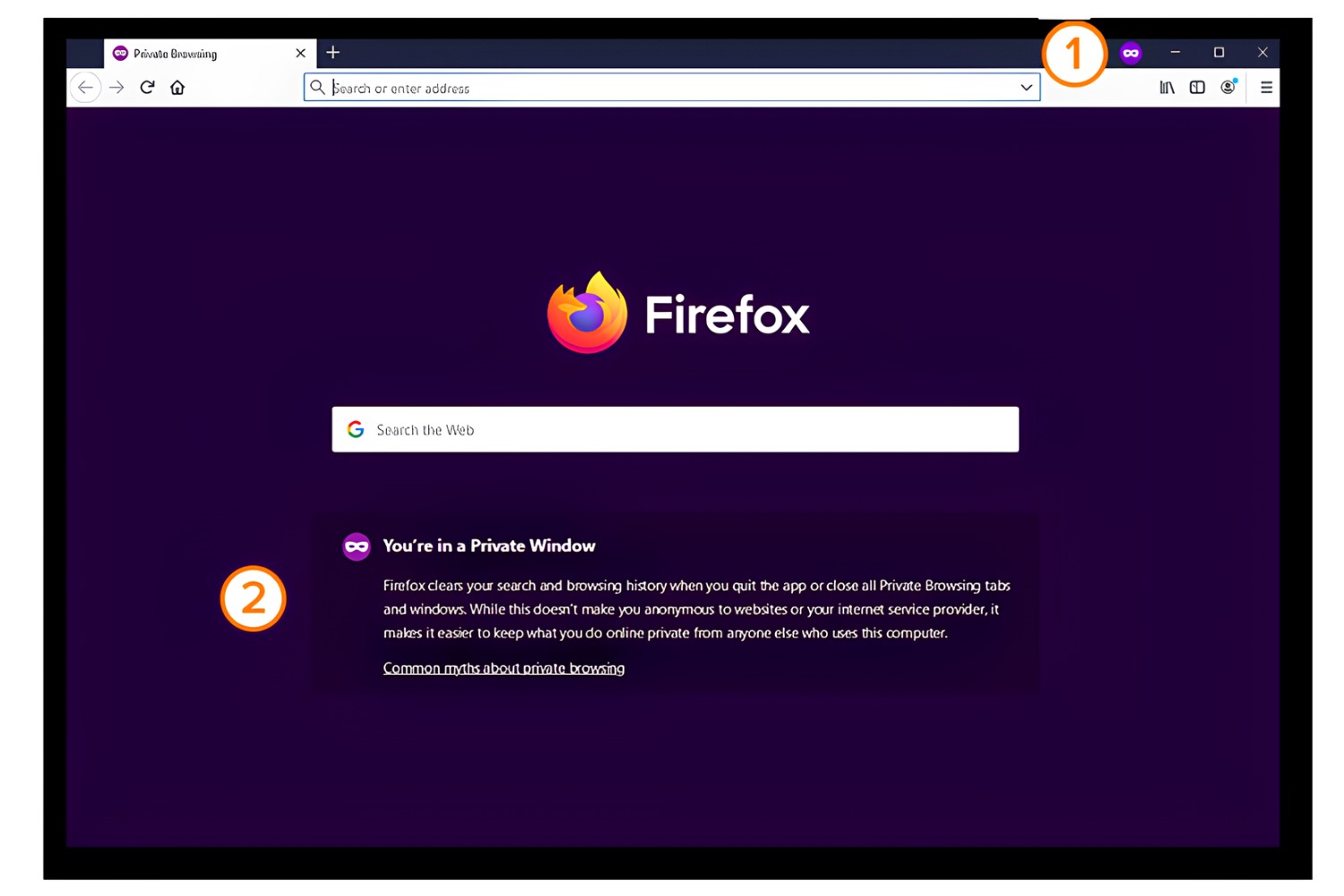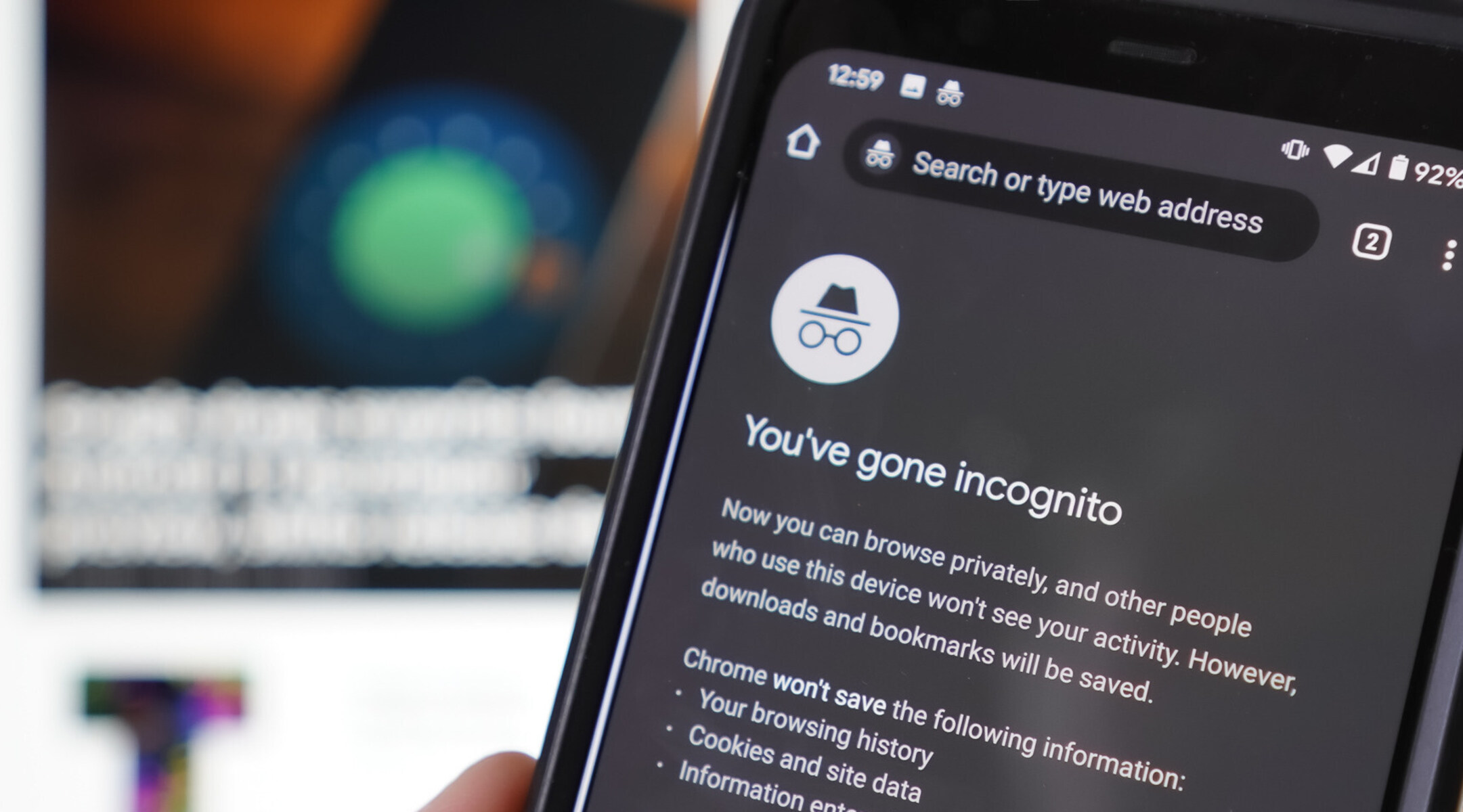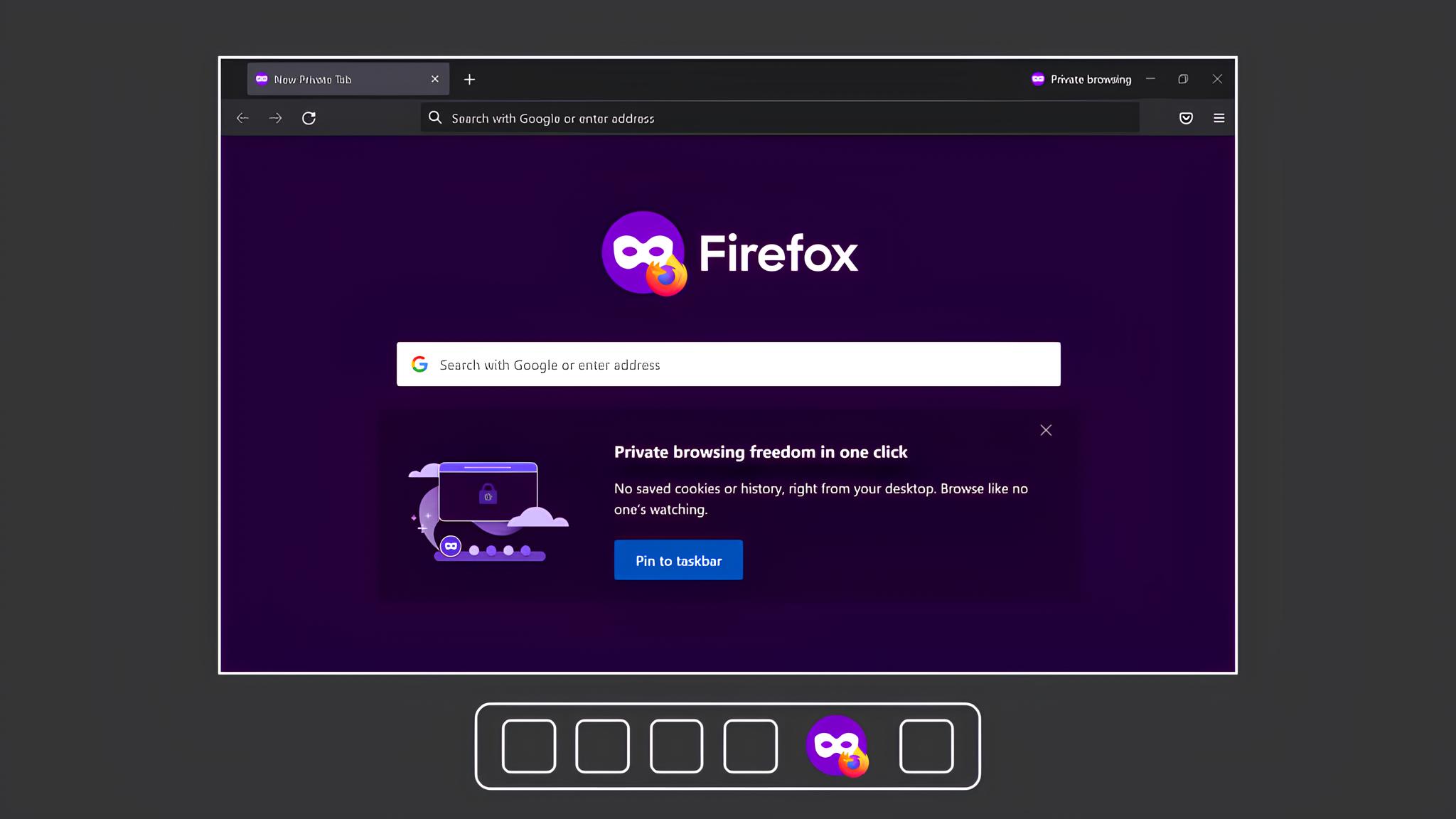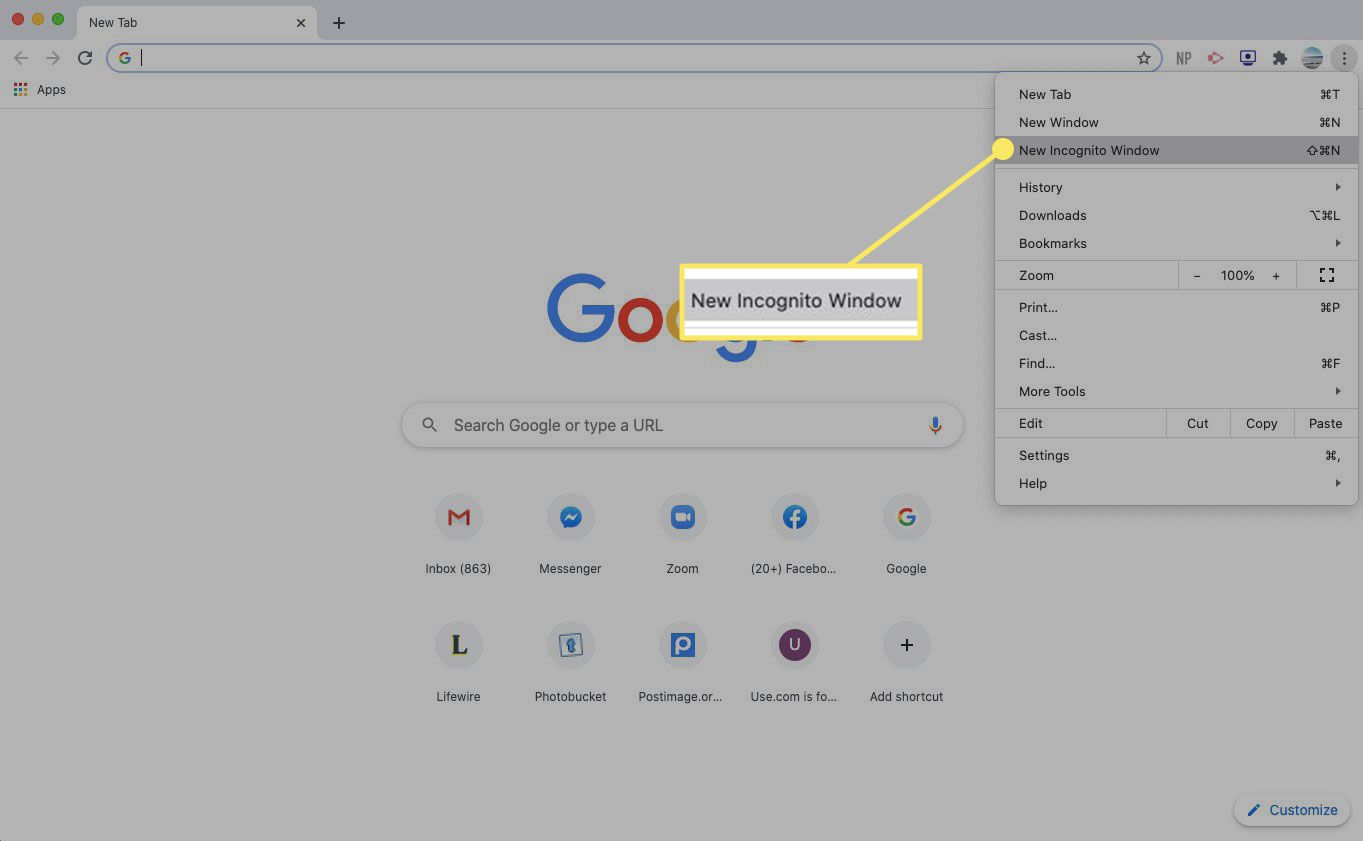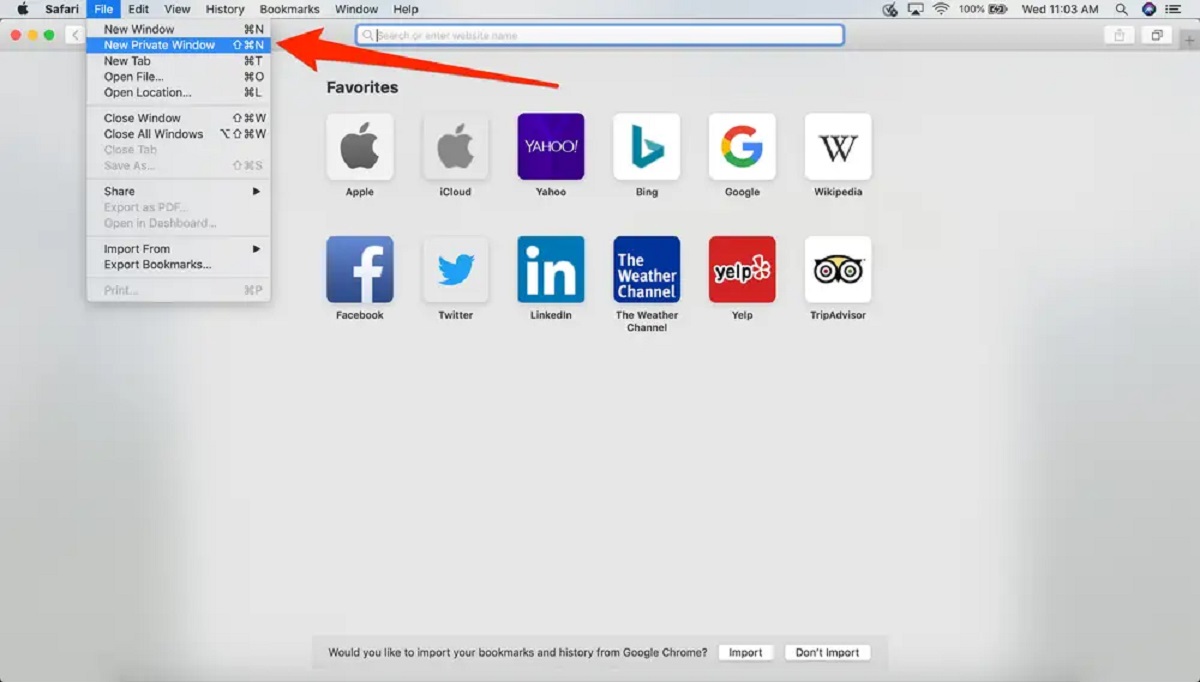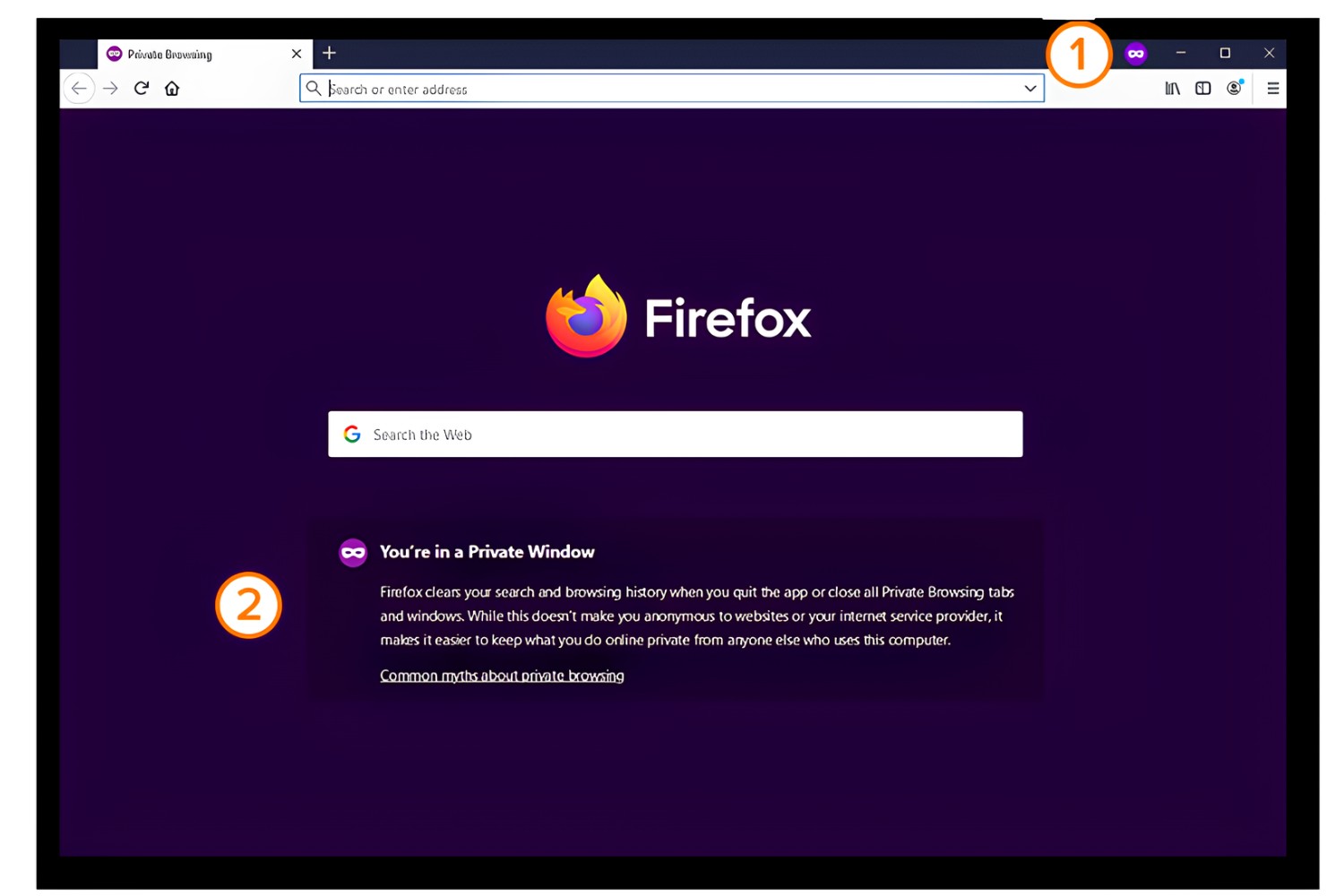Introduction
When it comes to browsing the internet, privacy and security are paramount concerns for many users. In today's digital age, where online activities are constantly tracked and monitored, the need for a secure and private browsing experience has become increasingly important. This is where private browsing mode comes into play.
Private browsing mode is a feature offered by web browsers that allows users to surf the web without leaving behind a trail of their online activities. It is designed to provide a layer of privacy by preventing the browser from storing browsing history, cookies, and site data. This means that once the private browsing session is closed, all the temporary data associated with that session is automatically deleted, leaving no traces of the user's online activities on the device.
In this article, we will delve into the concept of private browsing mode, with a specific focus on Firefox, one of the most popular web browsers globally. We will explore the features, benefits, and limitations of private browsing mode, as well as provide a step-by-step guide on how to enable this privacy-enhancing feature in Firefox. Whether you are concerned about protecting your personal information, avoiding targeted advertising, or simply maintaining a sense of anonymity while browsing the web, understanding private browsing mode and how to use it effectively can greatly enhance your online privacy and security.
So, let's embark on a journey to uncover the intricacies of private browsing mode in Firefox and discover how it can empower users to take control of their online privacy.
What is Private Browsing Mode?
Private browsing mode, also known as "incognito mode" in some web browsers, is a feature that enables users to browse the internet without the browser recording their browsing history or storing data such as cookies and site data. When a user activates private browsing mode, the browser creates a temporary session that operates independently of the regular browsing mode. This means that any websites visited, files downloaded, or forms filled out during the private browsing session are not saved in the browsing history, and any cookies or site data generated during the session are deleted once the private browsing window is closed.
In essence, private browsing mode provides users with a way to explore the web without leaving behind a digital footprint on their device. It is important to note that while private browsing mode offers a level of privacy by preventing the browser from retaining certain types of data, it does not make the user completely anonymous or invisible online. For example, internet service providers, network administrators, and websites themselves may still be able to track a user's online activities, even when private browsing mode is active.
One of the key aspects of private browsing mode is that it allows users to access websites without their browsing history being recorded. This can be particularly useful when users want to keep their online activities private from others who may have access to the same device. Additionally, private browsing mode can be beneficial for scenarios where users want to log into multiple accounts on the same website without the accounts being linked through cookies or browsing history.
Overall, private browsing mode serves as a valuable tool for users who seek a degree of privacy and discretion while browsing the internet. By understanding the functionality and limitations of private browsing mode, users can make informed decisions about when and how to utilize this feature to enhance their online privacy and security.
How to Enable Private Browsing Mode in Firefox
Enabling private browsing mode in Firefox is a straightforward process that empowers users to safeguard their online privacy and security. Whether you are using Firefox on a desktop computer, laptop, or mobile device, activating private browsing mode can be done with just a few simple steps. Here's a step-by-step guide on how to enable private browsing mode in Firefox:
-
Desktop Version of Firefox:
- Open the Firefox web browser on your desktop or laptop.
- Click on the three horizontal lines in the upper-right corner of the browser window to open the menu.
- Select "New Private Window" from the drop-down menu. Alternatively, you can use the keyboard shortcut Ctrl + Shift + P (Windows/Linux) or Command + Shift + P (Mac) to open a new private window directly.
-
Mobile Version of Firefox:
- Launch the Firefox app on your mobile device.
- Tap the menu icon (three horizontal lines) located in the upper-right corner of the screen.
- Select "New Private Tab" from the menu options. This will open a new private browsing tab within the Firefox app.
Once you have followed these steps, you will be in private browsing mode, indicated by a purple mask icon in the Firefox browser window. In this mode, Firefox will not save your browsing history, search history, cookies, site data, or any information entered in forms. It's important to note that any bookmarks or downloads made during the private browsing session will be saved and accessible after the session is ended.
By enabling private browsing mode in Firefox, users can enjoy a heightened level of privacy and security while exploring the web. This feature is particularly useful when accessing sensitive information, conducting research on personal topics, or using public or shared devices where maintaining privacy is essential.
In summary, Firefox's private browsing mode offers a convenient and effective way to protect your online activities from being stored on your device. By understanding how to enable and utilize private browsing mode in Firefox, users can take proactive steps to enhance their online privacy and maintain greater control over their digital footprint.
Benefits of Using Private Browsing Mode
Private browsing mode in Firefox offers a range of compelling benefits that cater to users' privacy, security, and browsing convenience. By leveraging this feature, individuals can experience a heightened level of control over their online activities while enjoying a more discreet and secure browsing experience. Let's delve into the specific advantages of using private browsing mode in Firefox:
1. Enhanced Privacy Protection
When users engage private browsing mode, Firefox refrains from storing their browsing history, search history, cookies, and site data. This means that sensitive information, such as login credentials, financial transactions, and personal searches, remains isolated within the private browsing session and is not retained after the session is closed. This heightened privacy protection is particularly valuable for individuals who share devices or seek to prevent their browsing activities from being accessible to others.
2. Avoidance of Targeted Advertising
Private browsing mode can help users mitigate targeted advertising efforts based on their browsing history. By preventing the accumulation of browsing data, users can reduce the likelihood of being targeted with personalized ads across websites. This can contribute to a more neutral and less intrusive browsing experience, free from the influence of targeted marketing tactics.
3. Seamless Multi-Account Management
Private browsing mode enables users to log into multiple accounts on the same website without the accounts being linked through cookies or browsing history. This can be especially advantageous for individuals who manage various online accounts, such as email, social media, or e-commerce platforms, and wish to keep these activities separate and discreet.
4. Protection Against Tracking
By not retaining browsing history and cookies, private browsing mode helps mitigate certain forms of online tracking. While it does not make users completely anonymous, it can reduce the likelihood of being tracked by certain websites and third-party trackers, thereby enhancing users' sense of online anonymity and privacy.
5. Safe and Secure Online Research
Private browsing mode provides a secure environment for conducting sensitive online research, such as exploring medical information, legal topics, or personal finance matters. By preventing the storage of search history and site data, users can engage in research activities without concerns about the information being stored or influencing future search results.
In summary, the benefits of using private browsing mode in Firefox extend beyond mere privacy protection. This feature empowers users to navigate the web with greater discretion, minimize targeted advertising, manage multiple accounts seamlessly, mitigate tracking efforts, and conduct secure online research. By leveraging these advantages, individuals can take proactive steps to enhance their online privacy and security, ultimately fostering a more confident and controlled browsing experience.
Limitations of Private Browsing Mode
While private browsing mode in Firefox offers valuable privacy and security benefits, it is important to recognize its limitations to gain a comprehensive understanding of its functionality. By acknowledging these constraints, users can make informed decisions about when to utilize private browsing mode and when additional privacy measures may be necessary.
1. Incomplete Anonymity
Private browsing mode does not render users completely anonymous or invisible online. While it prevents the browser from storing certain types of data, it does not conceal a user's IP address or prevent internet service providers, network administrators, or websites from tracking their online activities. Therefore, individuals seeking complete anonymity may need to explore alternative privacy tools and techniques.
2. Limited Protection on Shared Devices
When using private browsing mode on a shared device, it is essential to recognize that other users of the same device may still be able to track the user's online activities through network logs or other means. Private browsing mode primarily focuses on isolating the browsing session from the local device, rather than providing comprehensive protection against external monitoring.
3. Unrestricted Network Monitoring
Private browsing mode does not shield users from network-level monitoring or tracking. Organizations, such as workplaces or educational institutions, may employ network monitoring tools that can track users' online activities regardless of whether private browsing mode is active. In such environments, additional privacy measures, such as virtual private networks (VPNs), may be necessary to enhance privacy and bypass network-level restrictions.
4. Limited Protection Against Malware and Phishing
While private browsing mode can prevent the storage of browsing history and cookies, it does not offer comprehensive protection against malware, phishing attempts, or malicious websites. Users should remain vigilant and employ robust security measures, such as antivirus software and safe browsing practices, to mitigate the risks associated with online threats.
5. Temporary Nature of Privacy
The privacy benefits of private browsing mode are temporary and limited to the duration of the private browsing session. Once the private browsing window is closed, any data generated during the session, such as downloads or bookmarks, remains accessible on the device. Therefore, users should exercise caution and consider additional privacy measures if they require persistent privacy protection beyond the duration of a single browsing session.
In summary, while private browsing mode in Firefox offers valuable privacy enhancements, it is not a comprehensive solution for achieving complete anonymity or protection from all forms of online tracking and monitoring. By understanding the limitations of private browsing mode, users can make informed decisions about when to leverage this feature and when to complement it with additional privacy tools and practices to enhance their online privacy and security.
Conclusion
In conclusion, private browsing mode in Firefox serves as a powerful tool for users seeking to enhance their online privacy and security. By enabling private browsing mode, individuals can enjoy a browsing experience that minimizes the retention of sensitive data, mitigates targeted advertising, and facilitates discreet multi-account management. The benefits of using private browsing mode extend beyond mere privacy protection, encompassing a range of advantages that cater to users' diverse browsing needs.
However, it is crucial for users to recognize the limitations of private browsing mode. While it provides valuable privacy enhancements, it does not offer complete anonymity or protection from all forms of online tracking and monitoring. Users should remain mindful of the temporary nature of privacy in private browsing mode and consider additional privacy measures when necessary.
By understanding the functionalities, benefits, and limitations of private browsing mode, users can make informed decisions about when to utilize this feature and when to complement it with additional privacy tools and practices. Whether it's safeguarding personal information, conducting secure online research, or simply maintaining a sense of discretion while browsing the web, private browsing mode empowers users to take control of their online privacy.
As the digital landscape continues to evolve, the importance of privacy and security in online activities becomes increasingly pronounced. With private browsing mode in Firefox, users have a valuable resource at their disposal to navigate the web with greater confidence and control. By leveraging this feature effectively and complementing it with other privacy-enhancing practices, individuals can cultivate a more secure and private online experience, ultimately fostering a sense of empowerment and peace of mind in their digital interactions.







